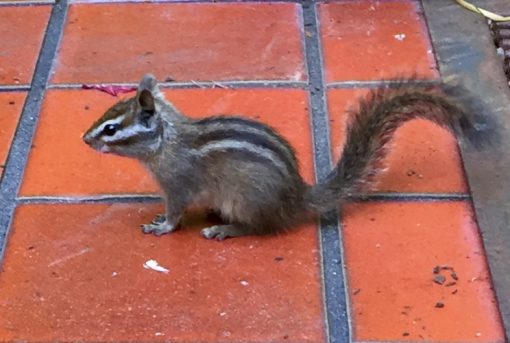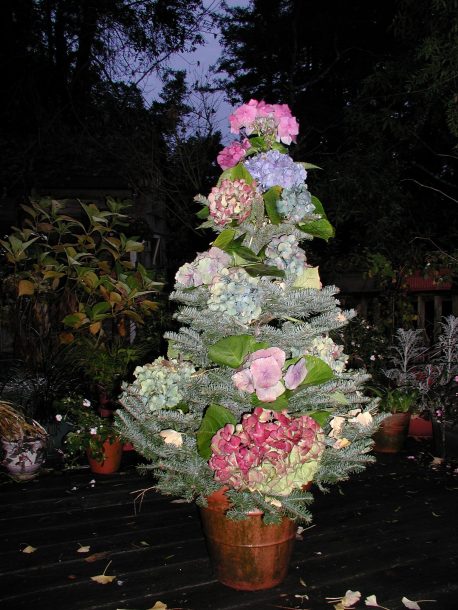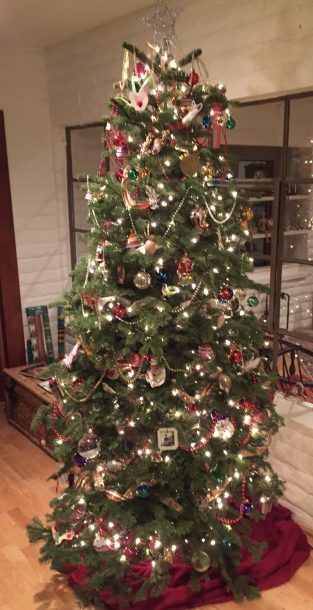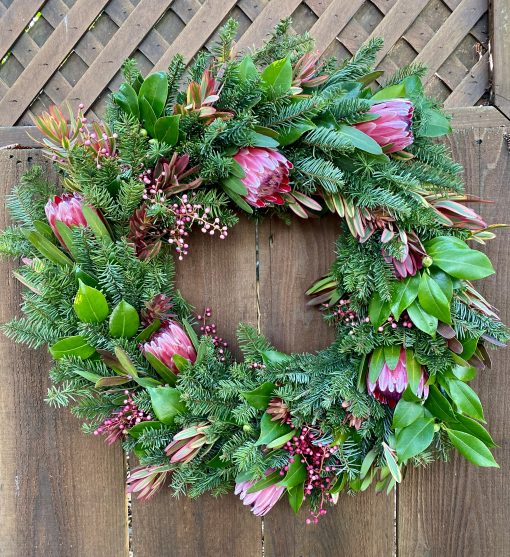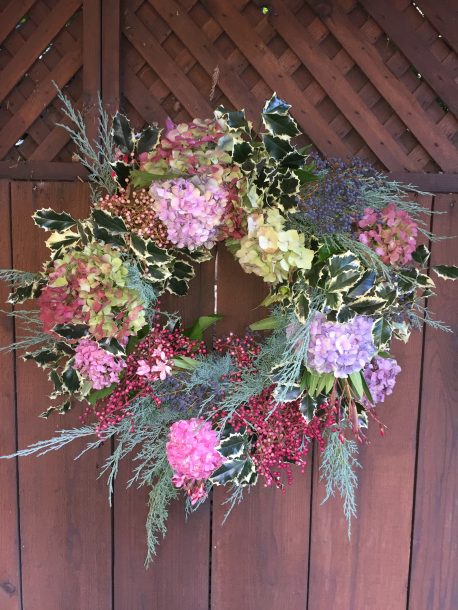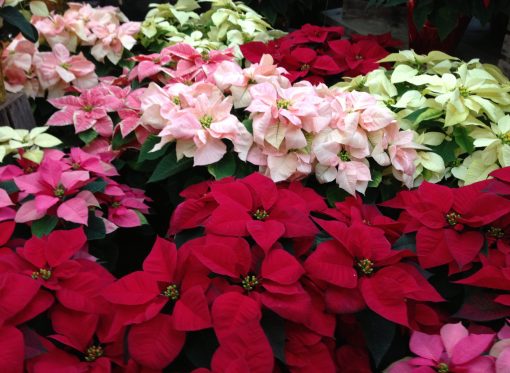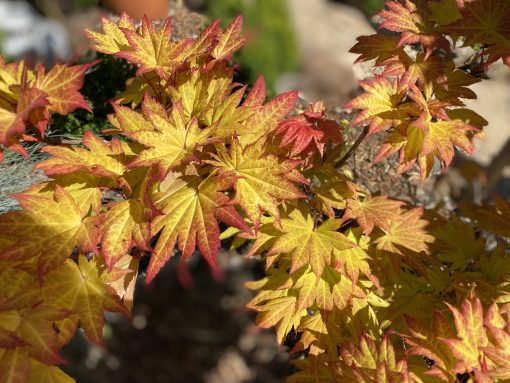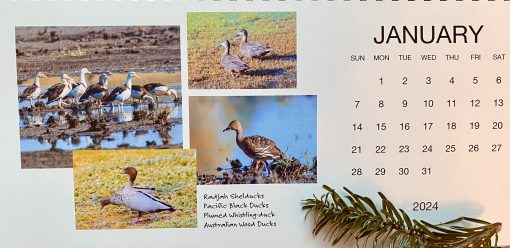
I don’t know about you but it seemed to me that 2023 was a challenge for the plants in my little garden. Between the atmospheric rivers and the cold nights in late spring I barely got my herbs started in June. Then the weather got hot and poof just when everything was growing great the first frost came early. But we gardeners are eternal optimists. So I’m looking forward to 2024.
Friends of mine give me a calendar each year showcasing the birds and wildlife they have seen on their many travels. Last year my calendar featured Mongolian eagle hunters and Shamans as well as the wild camels and horses that live in this unique region. Each month is a treat as I turn the pages of my favorite calendar. Now with each day getting a longer a new gardening year is upon us. These are some of my thoughts for the New Year.
I was able to visit some beautiful places in Oregon this year. There’s no better way to recharge your creative batteries than to see an inspiring landscape. Even a walk around your neighborhood can give you ideas for your own garden. I can’t tell you how many times I’ve seen a huge boulder and wished I could magically transport it to my own yard.
The visit to Filoli Garden in the spring was breathtaking as always. I always look to see the beneficial insects at work. When I design a garden I now include even more pollen producing flowering plants to attract beneficials. This way I keep the good guys around longer to deal with the bad bugs and aid in pollination. Knowing what the good insects look like is important in helping me identify a problem that may be getting out of control.
I’ve tried to plant more edibles but my growing conditions thwarted me. I don’t have enough sun except for a couple hours during the hottest part of the day. Sound familiar? Edibles in the garden feed both the body and the soul. More than just vegetables and fruit trees, growing food connects us to the earth and to each other. I’m going to give those peas and chard another try.
When you grow something you are being a good steward of the land as you enrich the topsoil using sustainable organic techniques. You connect with neighbors by trading your extra pumpkins for their persimmons. Knowledge of how and what to grow can be exchanged, seeds swapped. Do your best even if you only have a few containers to grow an Early Girl tomato or some lettuce.
I always make a few New Years resolutions but I try to not be too hard on myself. Don’t get hung up on achieving everything you would like. Have I just given myself a bye if my plans don’t pan out this year? Your wish list will serve you well during the cold, wet days of winter even if you don’t get them implemented. Planning landscape changes that conserve water will benefit the environment and your budget. Ordering seeds for the spring garden is great therapy for winter blues and future meals.
Dreaming is more than an idle pursuit. It’s good for you and improves the quality of your life over the long haul. Don’t worry if you don’t get to everything you hoped to accomplish. It’s all in the baby steps. We gardeners are eternal optimists. Why else would be plant a tree or a seed or a garden?
And finally, learn something new every day. Whether it’s something new in the garden or elsewhere, keep learning. Enjoy the simple things. Laugh often. Life is not measured by the breaths we take but by the moments that take our breath away. Everyday is a gift, that’s why we call it the present.
Happy New Year to all of my fellow gardeners from The Mountain Gardener.

